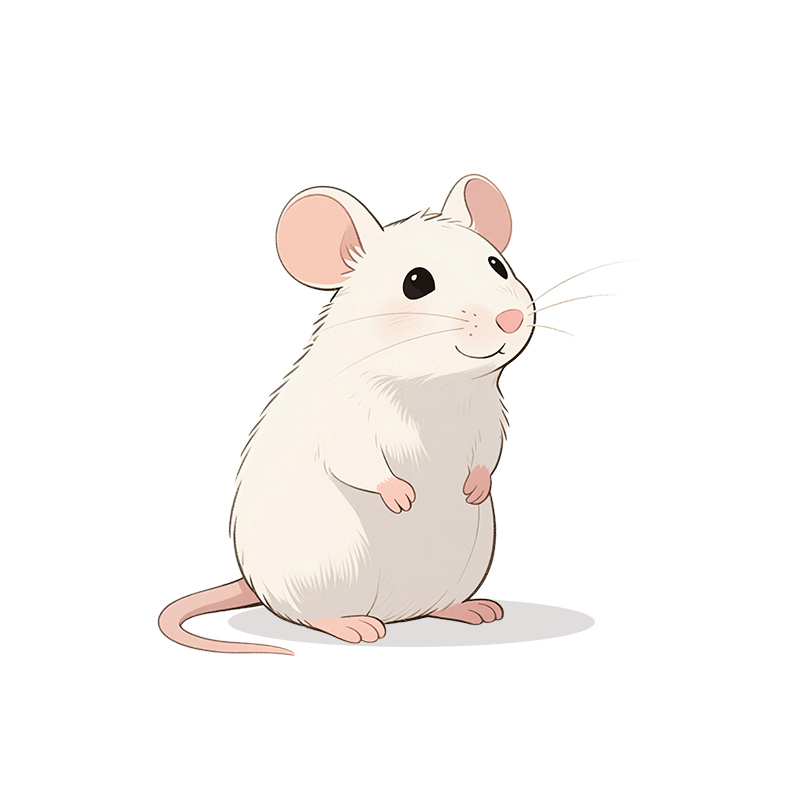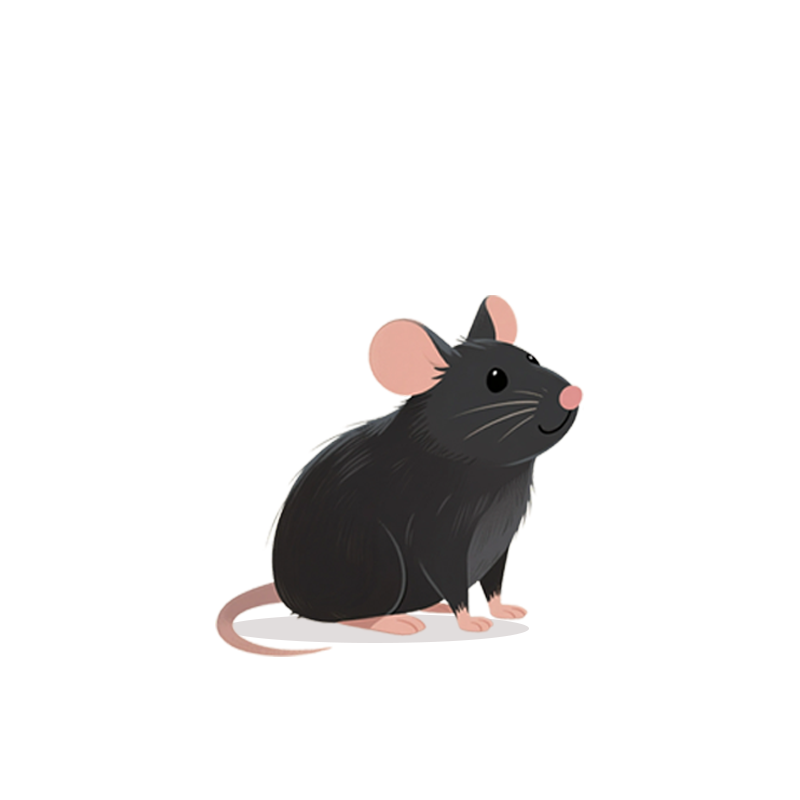Gastroesophageal Reflux Disease (GERD) Model


Gastroesophageal Reflux Disease (GERD) Model
Huateng Bio offers validated GERD models in SD rats with 90% survival rate. Features stent-assisted pyloric ligation, chronic reflux induction, and endoscopic validation.
Model Description
Gastroesophageal reflux disease (GERD) is characterized by pathological reflux of gastroduodenal contents into the esophagus, leading to mucosal erosion and extra-esophageal complications. Our pyloric ligation model replicates human GERD through:
- Controlled reflux induction: 85% esophagitis incidence rate
- Intact mucosal repair mechanism: Mimics chronic-recurrent disease progression
- High survival rate: >90% (via stent-assisted pyloric ligation)
Key Advantages:
✓ Surgical precision: 1.5mm stent ensures consistent pyloric narrowing (no complete obstruction)
✓ Dual ligation system: Forestomach ligation reduces gastric volume by 50%
✓ Human-like pathology: Basal cell hyperplasia & inflammatory infiltration (Hetzel-Dent score ≥Grade 2)
Applications
• Acid suppression drug evaluation (PPIs, H2 blockers)
• Mucosal protectant screening (alginate-based formulations)
• Surgical anti-reflux device testing
• Chronic cough/GERD correlation studies
Modeling Protocol —— 7-Day Induction Workflow
1. Pre-op Preparation:
- 24h fasting with ad libitum water access
- Baseline endoscopy recording
2. Surgical Procedure:
- Midline laparotomy under isoflurane anesthesia
- Pyloric ligation: Silicone stent-assisted 6-0 suture (1.5mm lumen preservation)
- Forestomach ligation: 4-0 silk sutures to reduce gastric capacity
3. Post-op Care:
- Daily weight monitoring (humane endpoint: >20% loss)
- Omeprazole (10mg/kg) analgesia
Validation & Testing
|
Category |
Parameters |
|
General Observation |
Mortality rate ∙ Body weight dynamics ∙ Food/water intake |
|
Anatomical Analysis |
• Esophageal ulcer index ∙ Lesion length measurement |
|
Histopathology |
H&E staining ∙ Modified Hetzel-Dent grading: |
|
Advanced Biomarkers |
• IL-8/TNF-α ELISA ∙ MPO activity (neutrophil infiltration) |
Success Criteria
✓ Endoscopic confirmation of ≥Grade 2 esophagitis
✓ Ulcer index ≥5 (0-8 scale) at Day 7


